
I hit a milestone of sorts. This week is the first anniversary of “Thoughts and Ramblings” and my return from a two-year hiatus. I am genuinely amazed at this milestone—not because of the content (we all know some of it was a bit thin on occasion), but because I made it through a whole year without missing a week. This is how the blog was supposed to be when it began. However, back then, it was hard to stick to this routine because I wanted to do thorough research on each subject, and there is not a snowball’s chance in hell that can happen in a week. The houses and events that I covered fit into this type of schedule, but they also took time away from research. Don’t get me wrong, I enjoyed most of the events, but there is a reason I’m on the historical commission and not in a historical society: I am not social! But covering those things was fun.
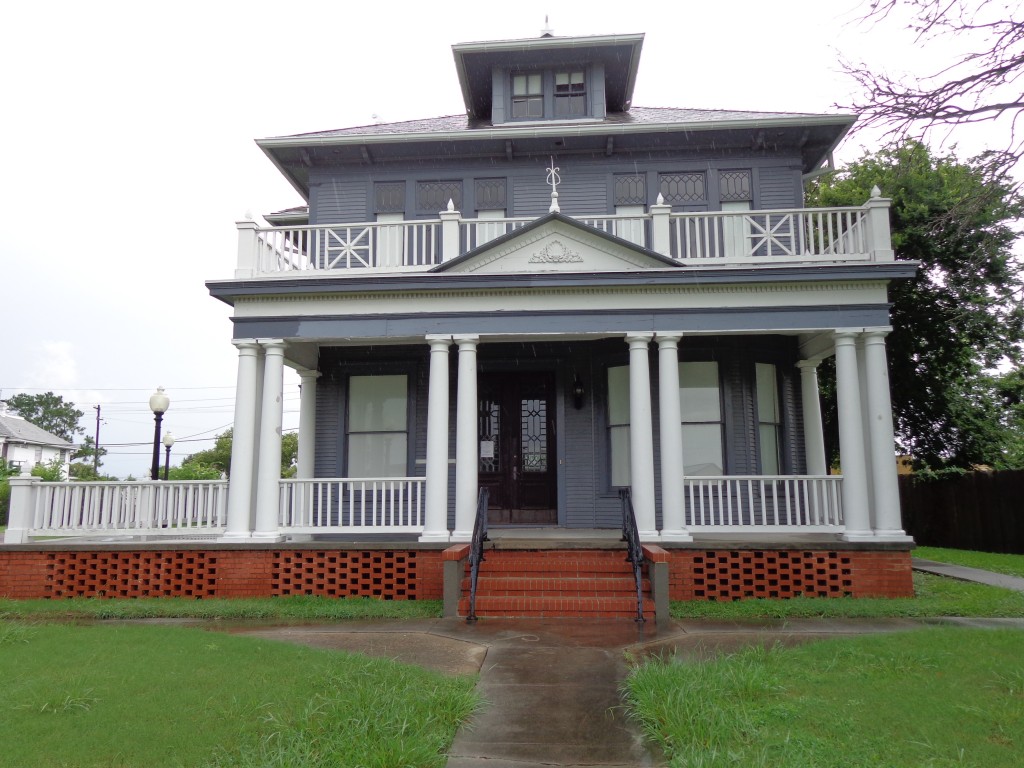
In the blog’s early years, I wanted to promote our area’s historic homes and museums. I felt that there was not much promotion out there for the smaller venues, and people in our area would rather travel 500 miles to look at a giant ball of string than walk across the street to one of our local museums. And let’s be honest, who has heard of the Vuylsteke House? I grew up in Port Arthur and never heard of it because nobody promoted it. Luckily, Sydalise Fredeman saved the Pompeiian Villa, which I eventually toured in second grade. It was another forty years until I visited it again. During that visit, the docent mentioned that I should also tour the Vuylsteke House. There was not a lot of promotion back then. Some kind of information should’ve been out there, but it wasn’t in 2012. In 2023, there is a lot more promotion of these houses and museums, and I’m happy that people are getting the word out. It’s not perfect, but they are learning.
Although not weekly, I did post some finished and ongoing stories throughout the years. I enjoyed every bit of the hours and money spent learning and uncovering the history and lore of our SETX. A few topics that triggered me at the time (and still do) are the interurban train, the Sabine Lighthouse, the Rowleys, the Chambers House Museum, Florence Stratton (of course), Hugo DeBretagne, Marine Scout Bomber Squadron 931 (VMSB-931), Magnolia Cemetery, Jeanette Catherina Stengele, Miss Jack McDonough, Wong Shu, and two people for whom I have the utmost respect: Kichimatsu Kishi (the Kishi colony) and William D. Quick, a researcher whom I never met. All their stories can be found on my blog: www.rediscoveringsetx.com.
On April 11, 2022, I posted my first “Thoughts and Ramblings.” It was basically a memorial to Florence, Bill Quick, and Jerry Burnett. Jerry was my insurance agent/go-to interurban train person. We would spend hours talking about trains and Port Arthur’s history. He died in October of 2021, and I still miss him.
From that post onward, the blog changed to a much easier format that talks about what I’m researching and what was happening at the time. This allowed me to post some weekly interesting stories and give updates on ongoing projects. I could also ramble on and mention some of my beloved nonsense, including Tankery, anime, and the Mari Lwyd. Do not be mistaken, they were strategically placed six to eight months in advance because 秋山 優花里 Akiyama Yukari, 紺野木綿季 Yuuki Konno, and the Mari Lwyd are dear to me. I will admit that Yukari is one of my spirit animals. I have four. The other three are Oscar the Grouch, Margaret Hamilton, and Bunny Rabbit from the Captain Kangaroo show. As a kid growing up without a Leave It to Beaver family, my inspiration came from the first three, but Yukari triggered my triggerness. “Panzer Vor!”
I finished the book about the history of yellow fever that was recommended to me by two friends. With all these GPR surveys lately, I thought I should get up to date on this disease. It is an excellent read if you are into this type of history. Still, if you have a weak stomach, you might want to skip this read because it describes exactly what happened to all the victims and the brave doctors, scientists, and volunteers who dealt with this epidemic. The only happy ending is that they found what spread the disease, and thanks to their sacrifice, you aren’t dying of yellow fever in 2023. This was a different epidemic compared to the Spanish flu or COVID-19. The book is The American Plague by Molly Caldwell Crosby. Again, this is a must-read if you are into this type of history. Also, for those who have read it, we know—the band Toto was wrong. We don’t miss the rains down in Africa because that’s how it all started!
Well, the Tall Ships Galveston Festival took place this weekend, and I was there on Saturday. I may have an evening edition on that today. It depends on whether I have one of those Mama Teresa’s Flying Pizza slumbers while I wait for the ferry. Shout-out to Mama Teresa. That is my go-to place while waiting to board the ferry. Hurricane Ike destroyed the restaurant at Crystal Beach, but Mama Teresa’s pizza is still flying in Galveston!
Speaking of Galveston, we are three weeks away from the 49th Annual Historic Homes Tour, and I will be putting out a list of what not to do on the tour. It’s for Wanda only because she seems to always get this wrong. No high heels—there will be booties—and remember the long lines in the sun! Everyone else knows this, but she always seems to forget.
Until next week, さようなら Sayōnara. Yukari says hi!
Vuylsteke House:
Pompeiian Villa:
秋山 優花里 Akiyama Yukari:
Tankery explained:
American Plague:
Mama Teresa’s Flying Pizza:
https://www.galveston.com/cuisine/find-a-restaurant/mamateresa/


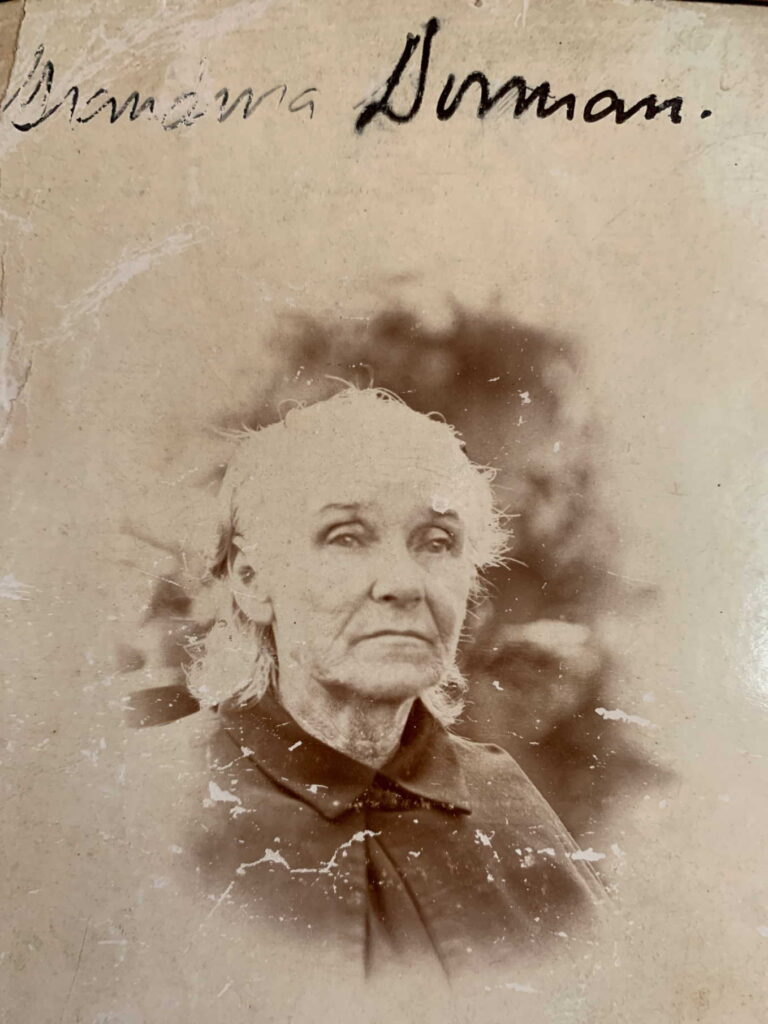
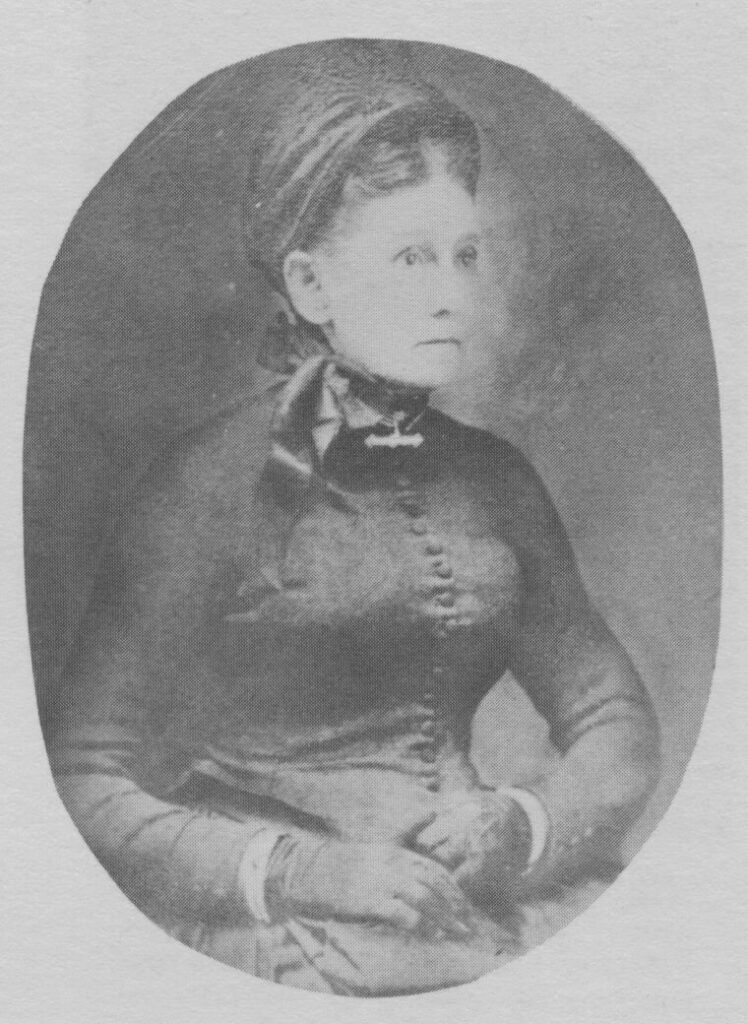

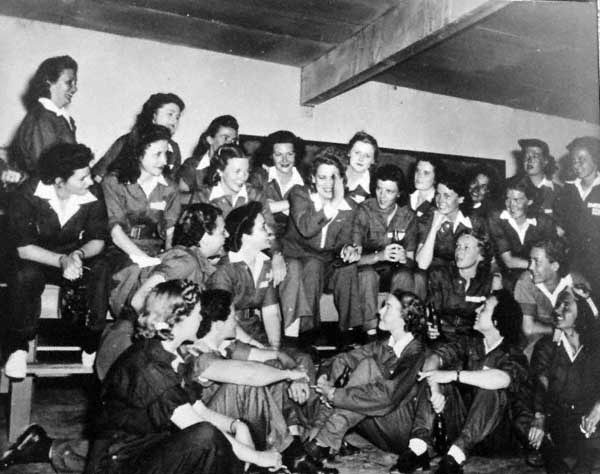
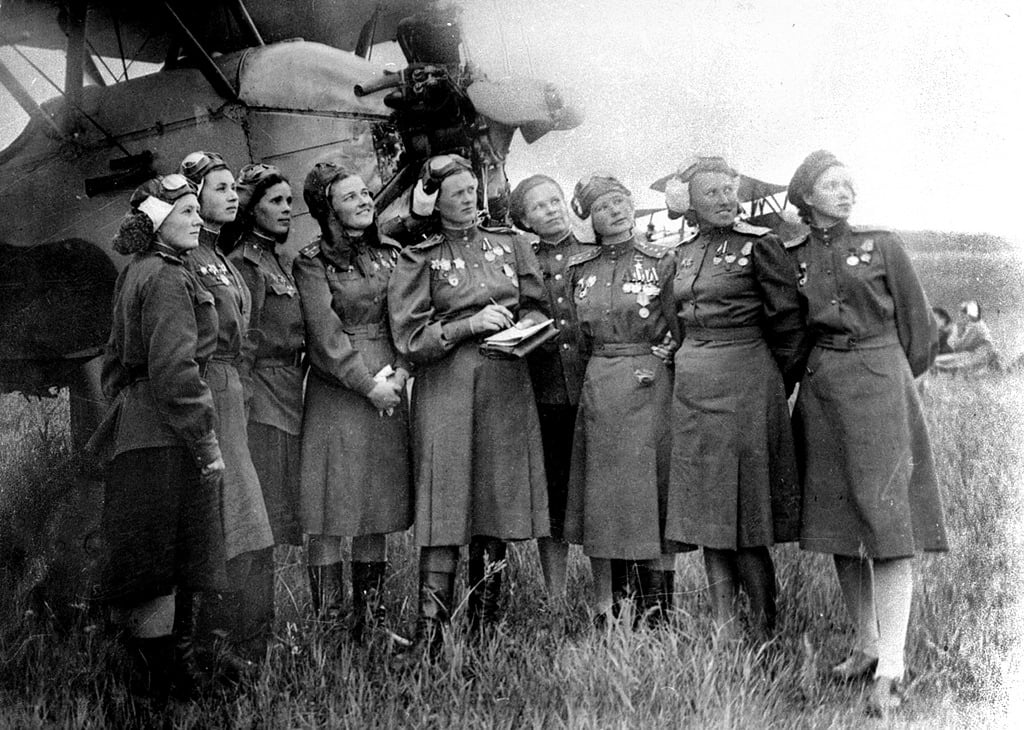
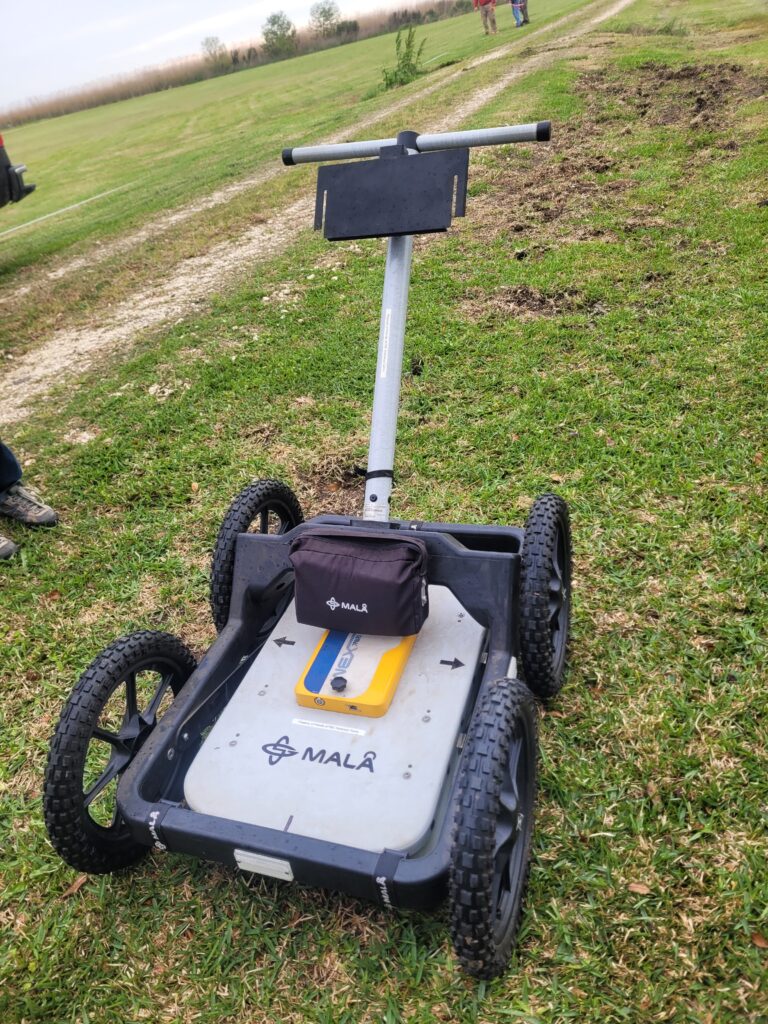

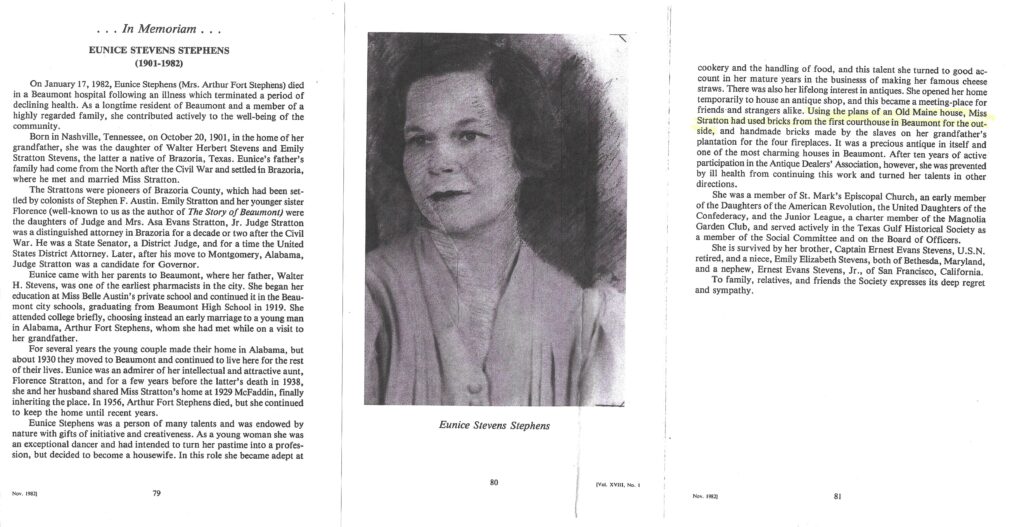
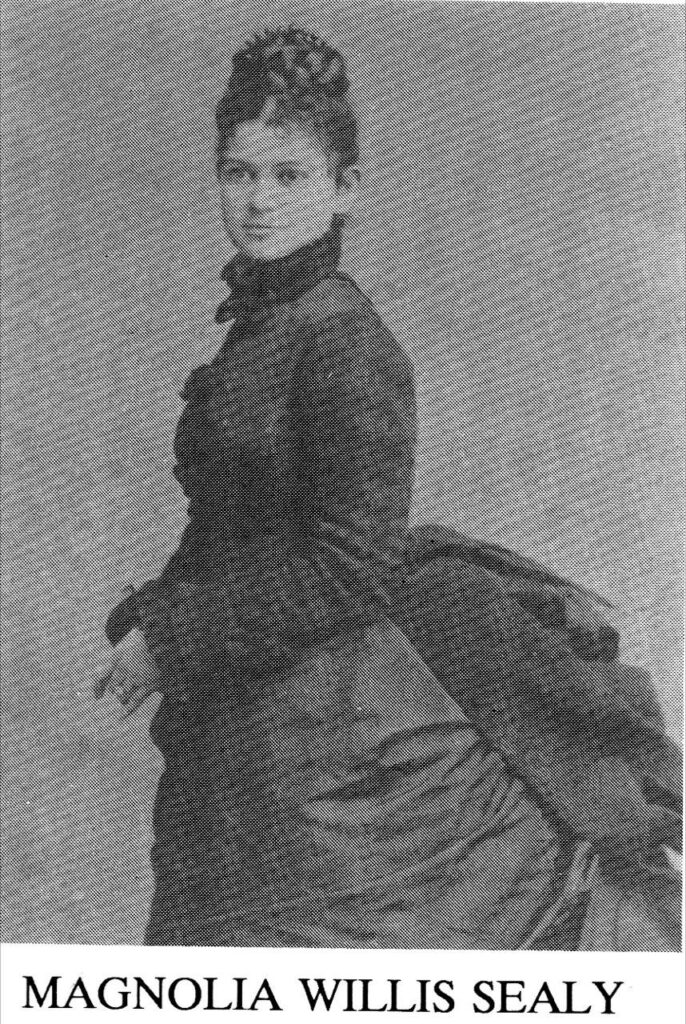

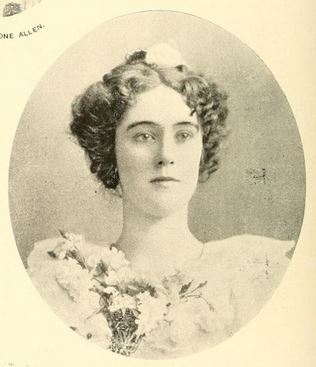
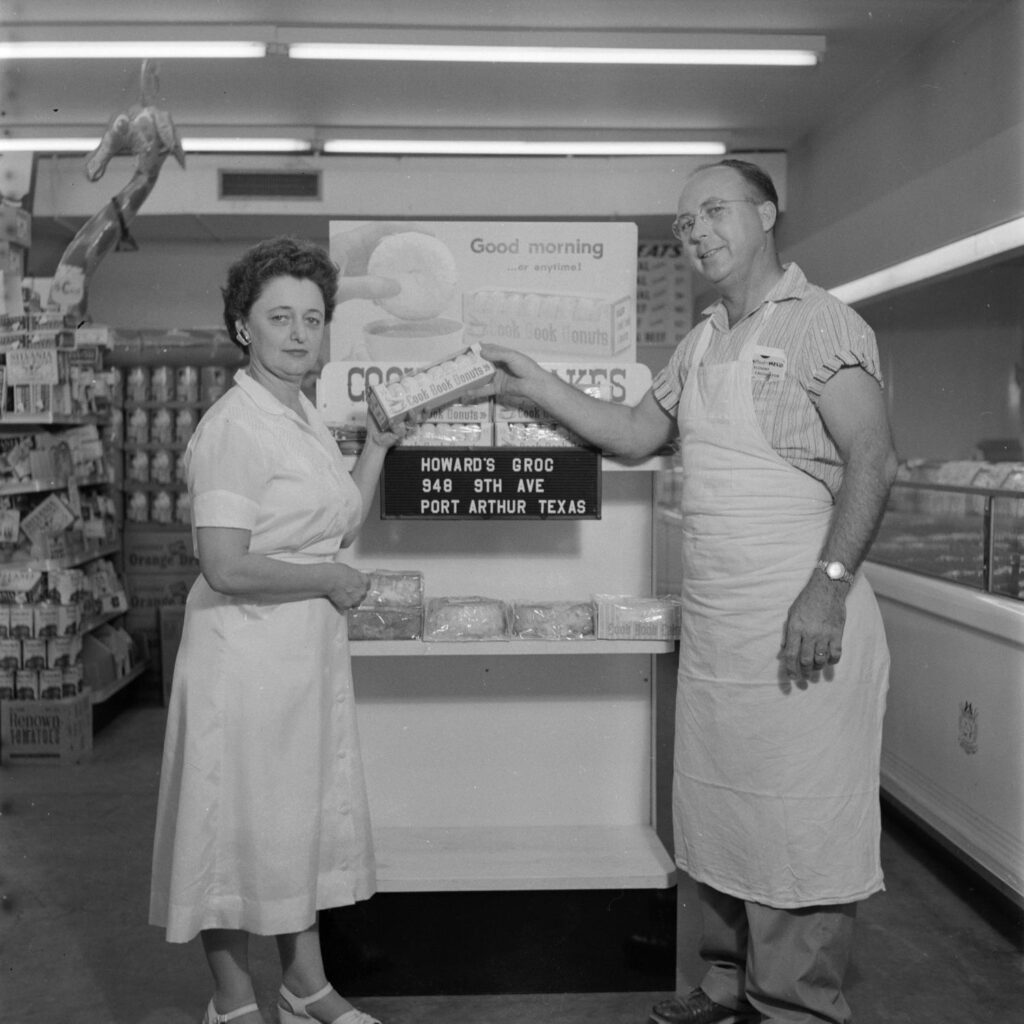
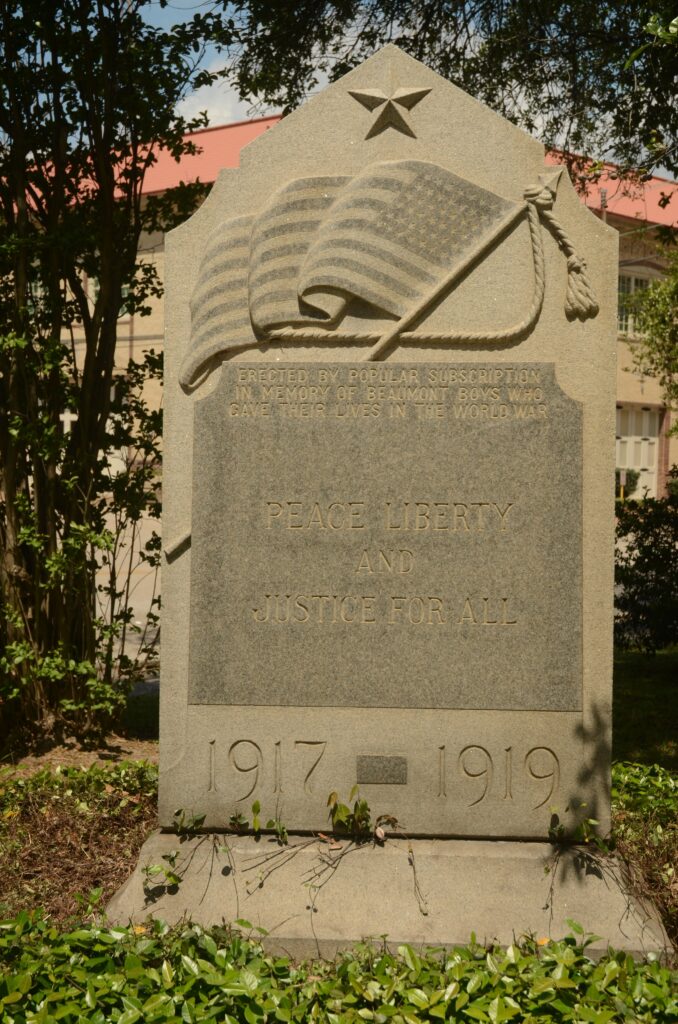
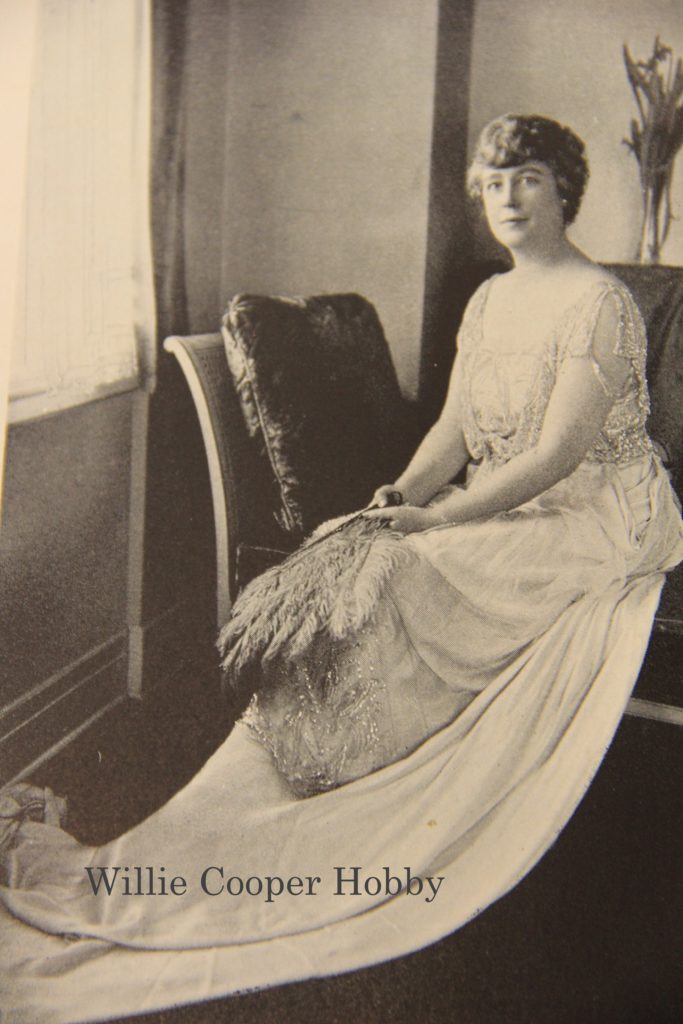
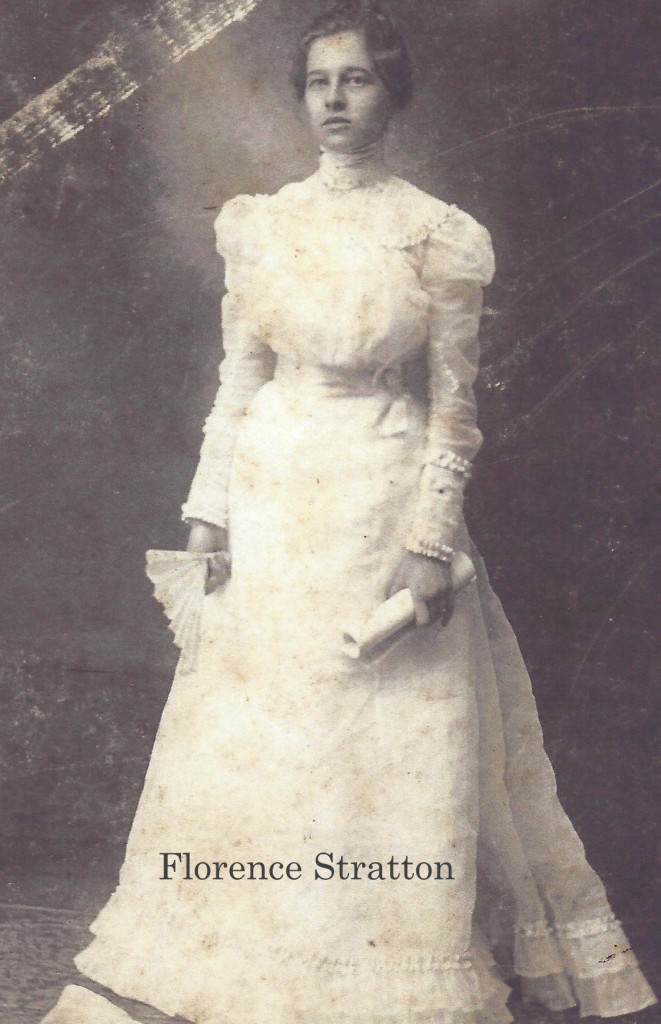
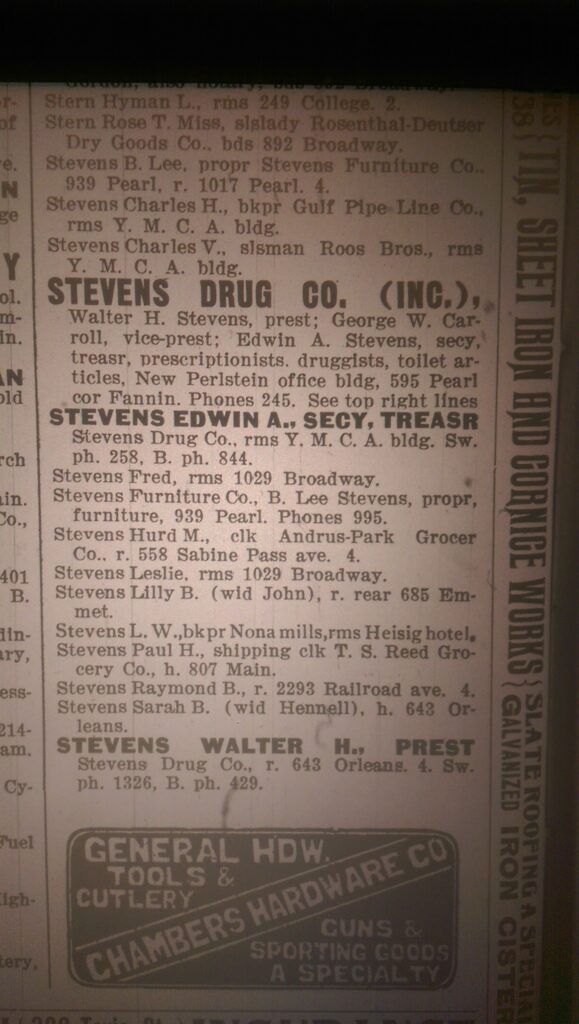
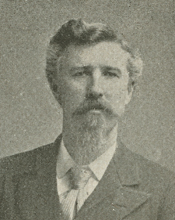
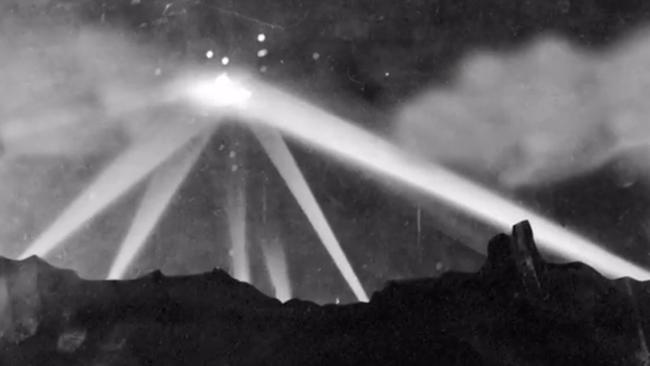

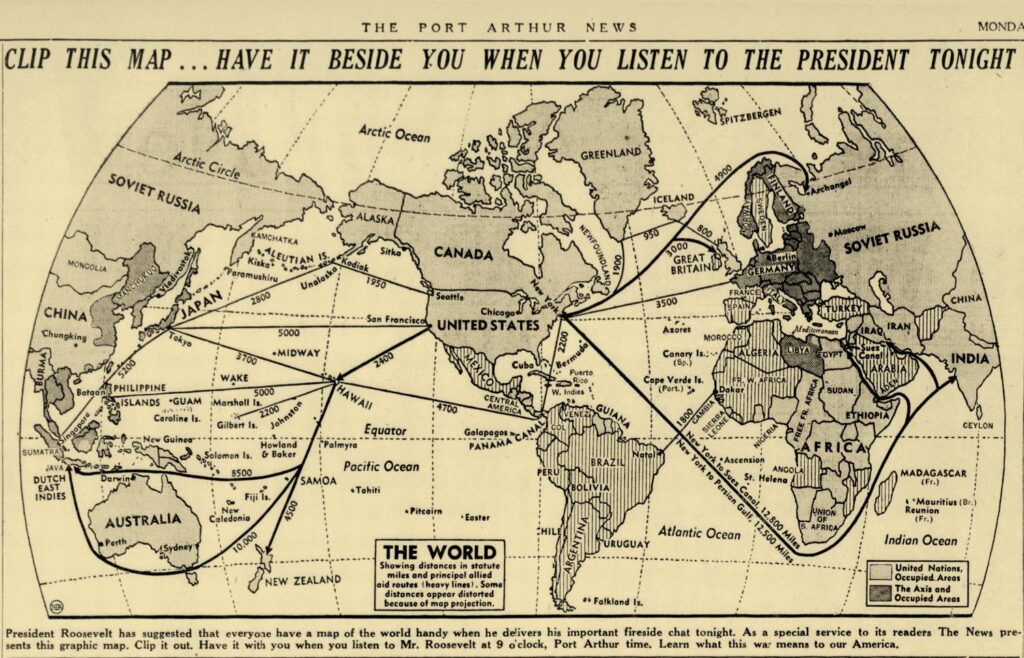
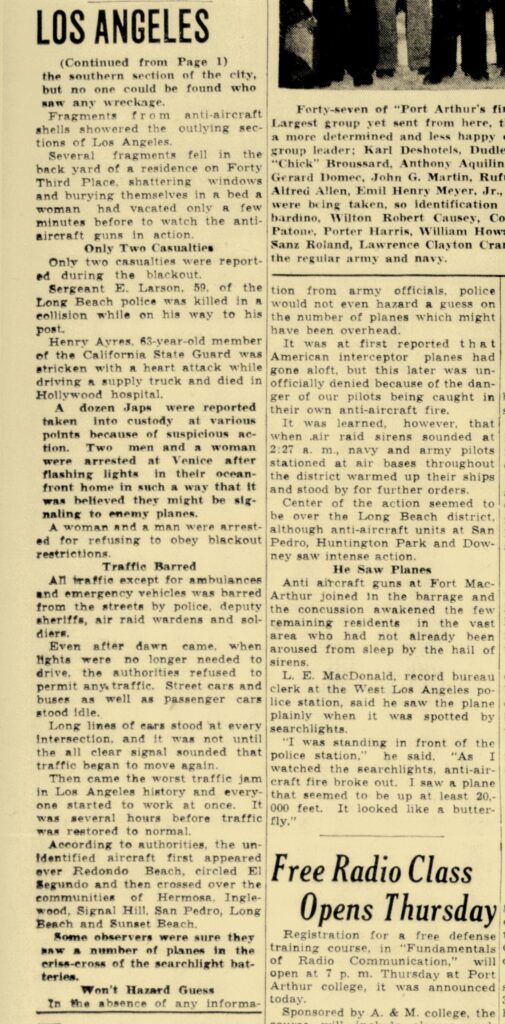
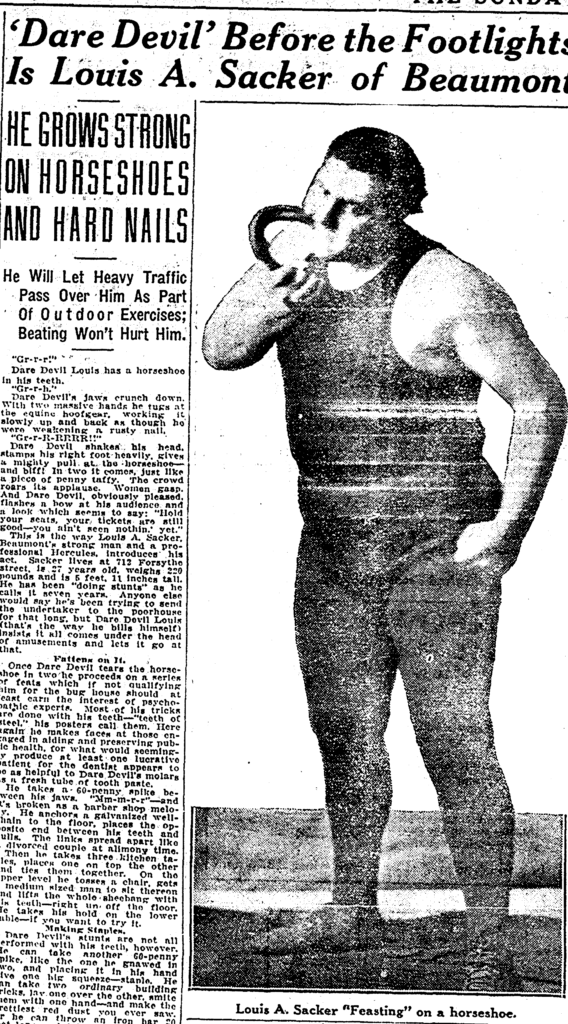

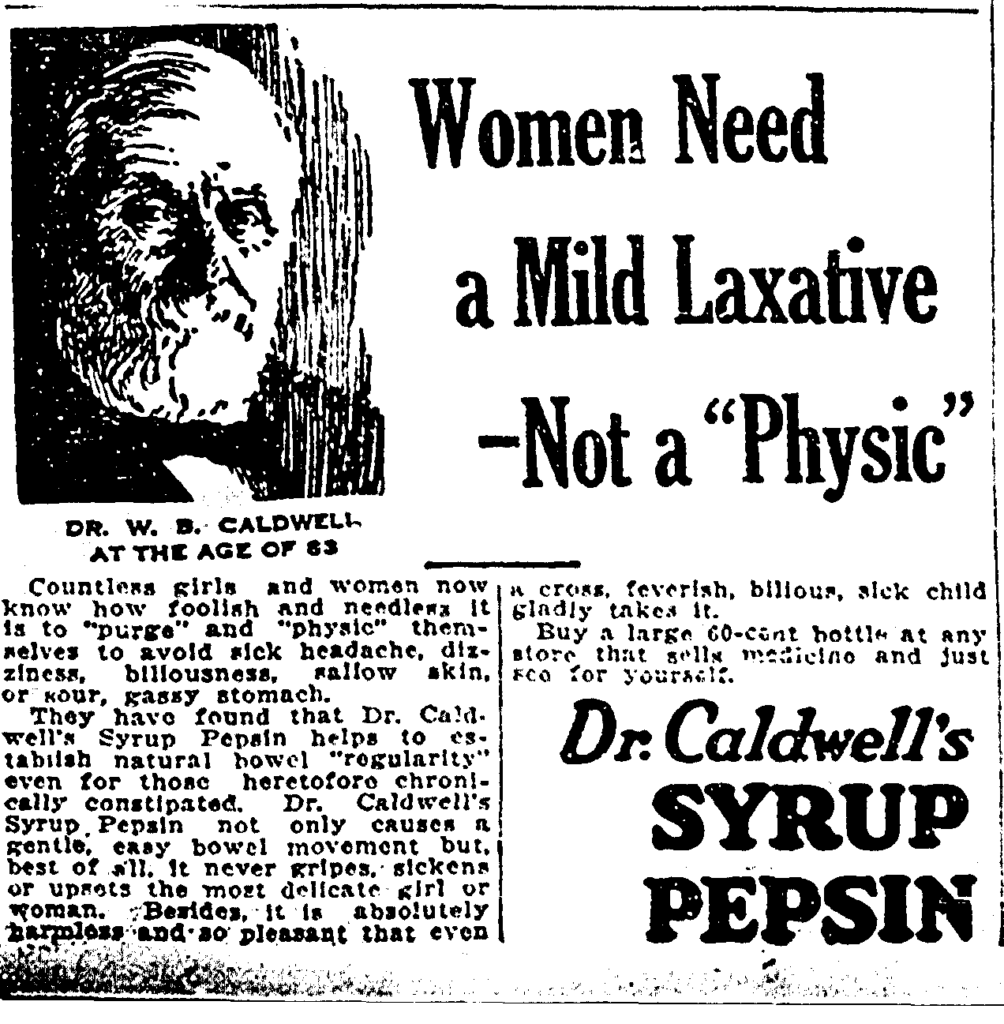
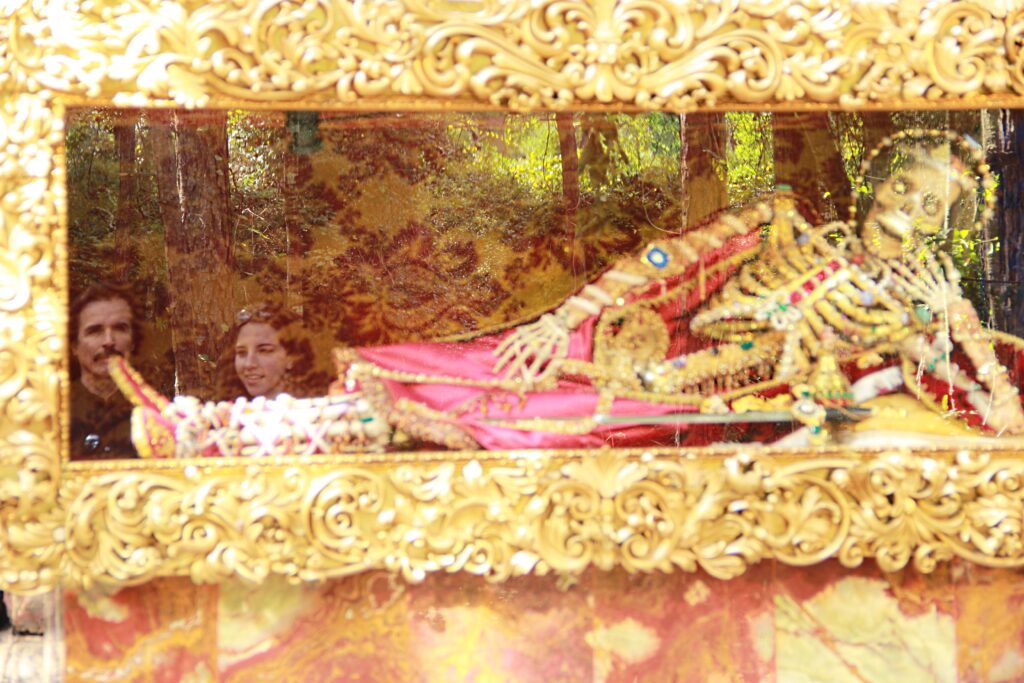




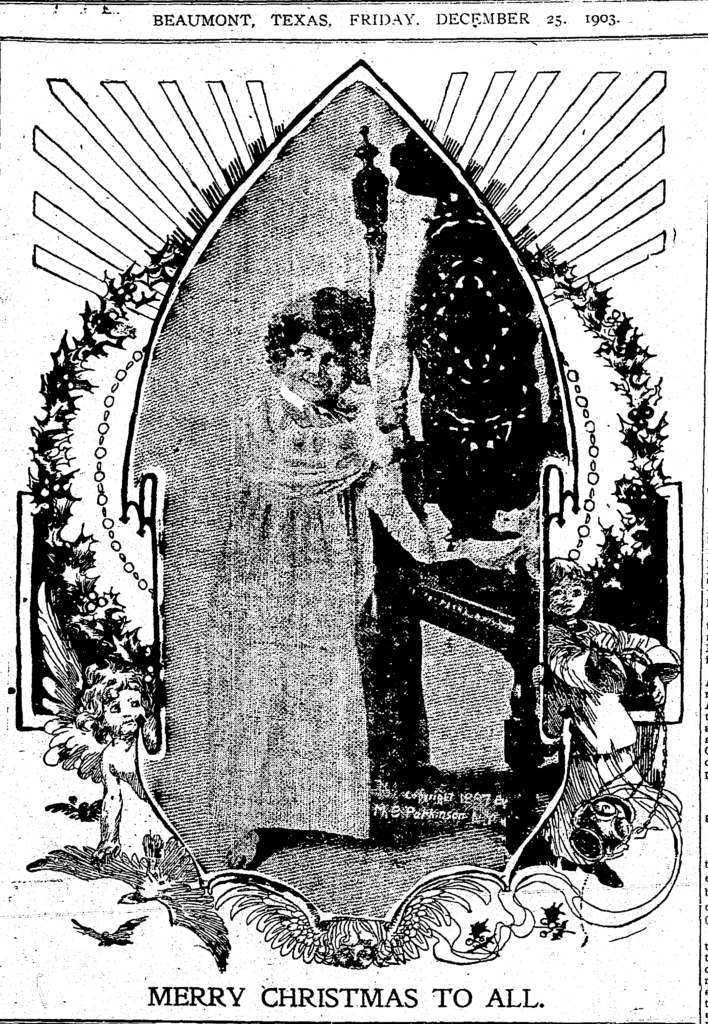


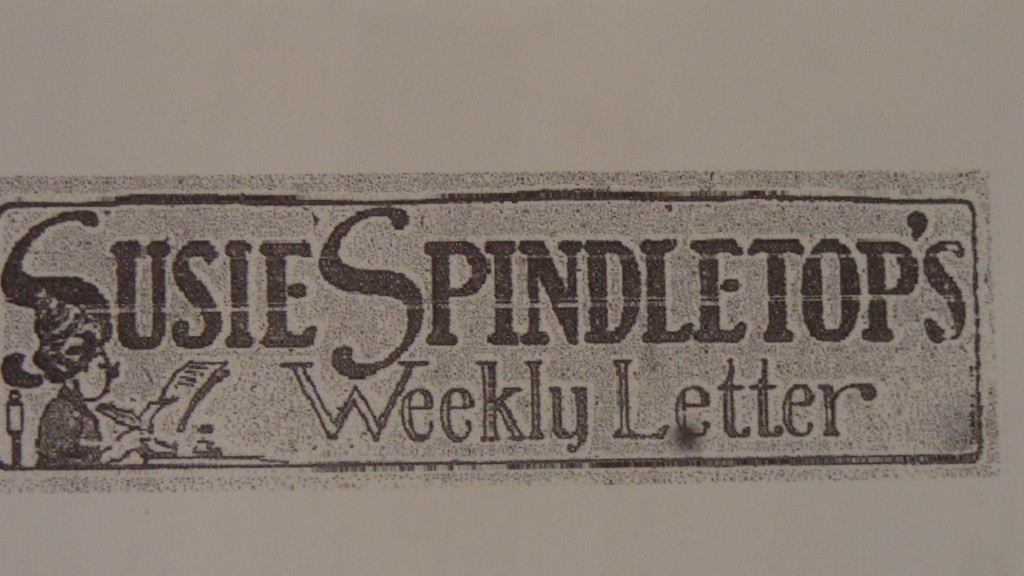
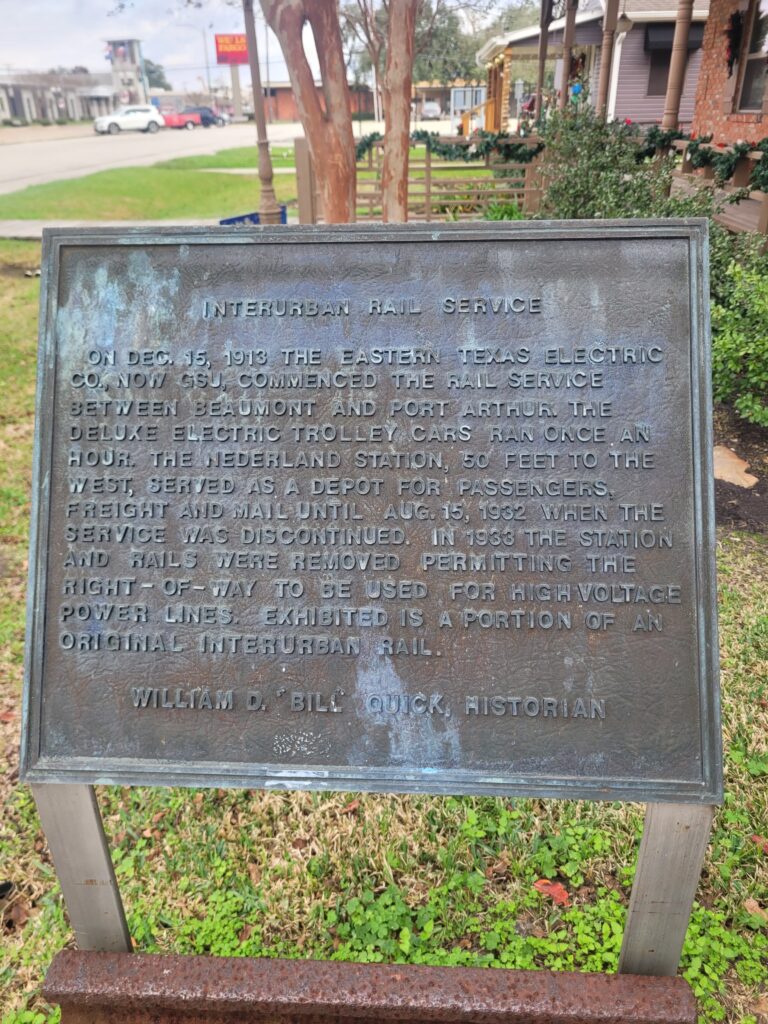


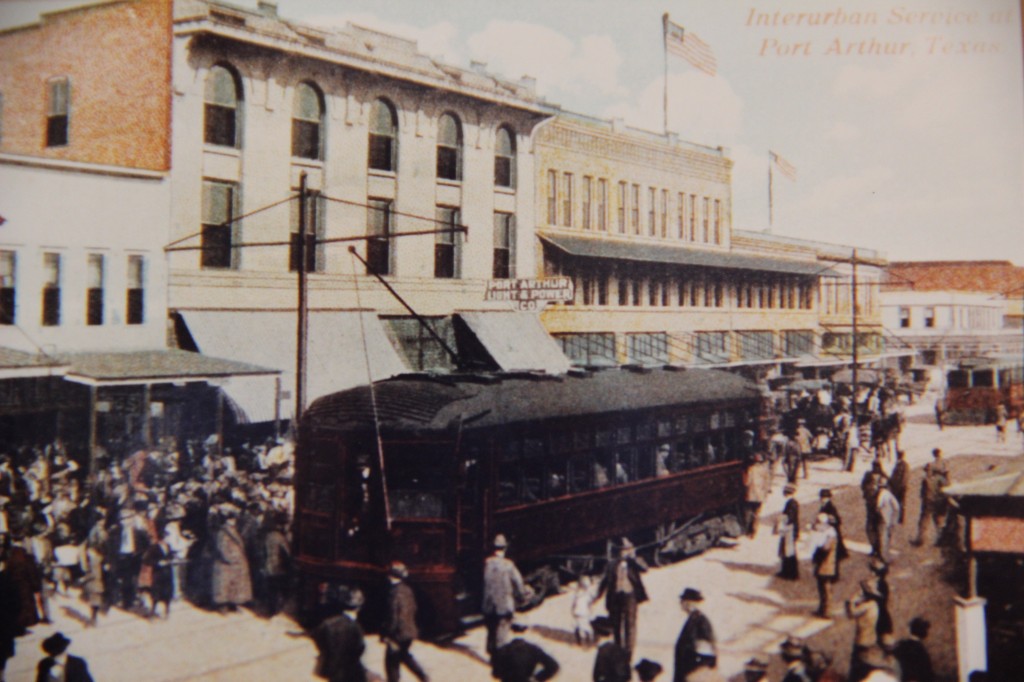

You must be logged in to post a comment.